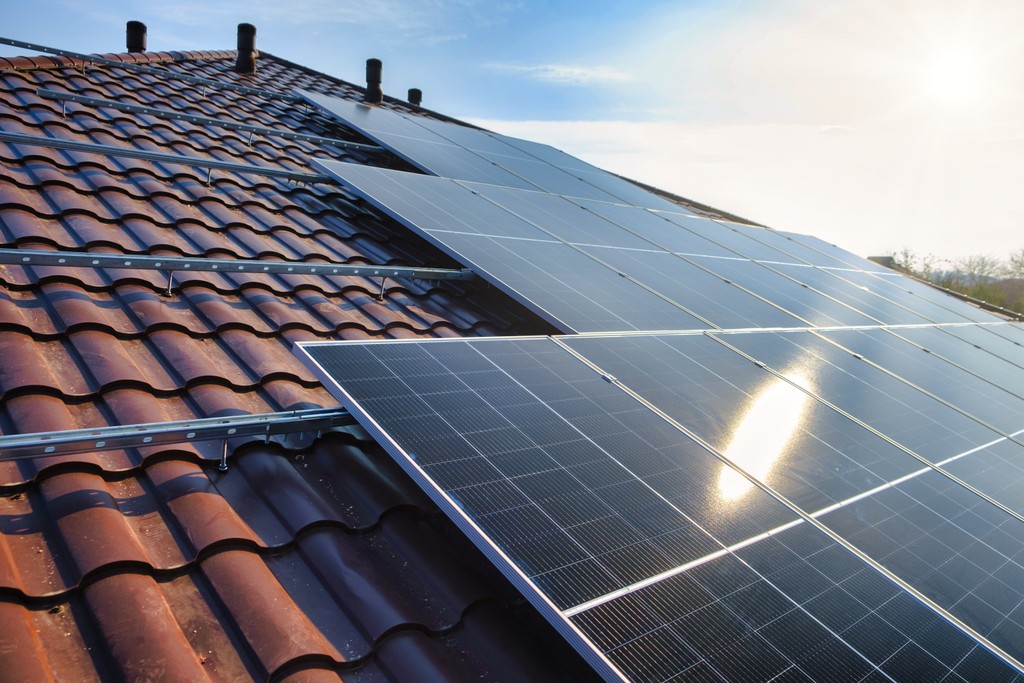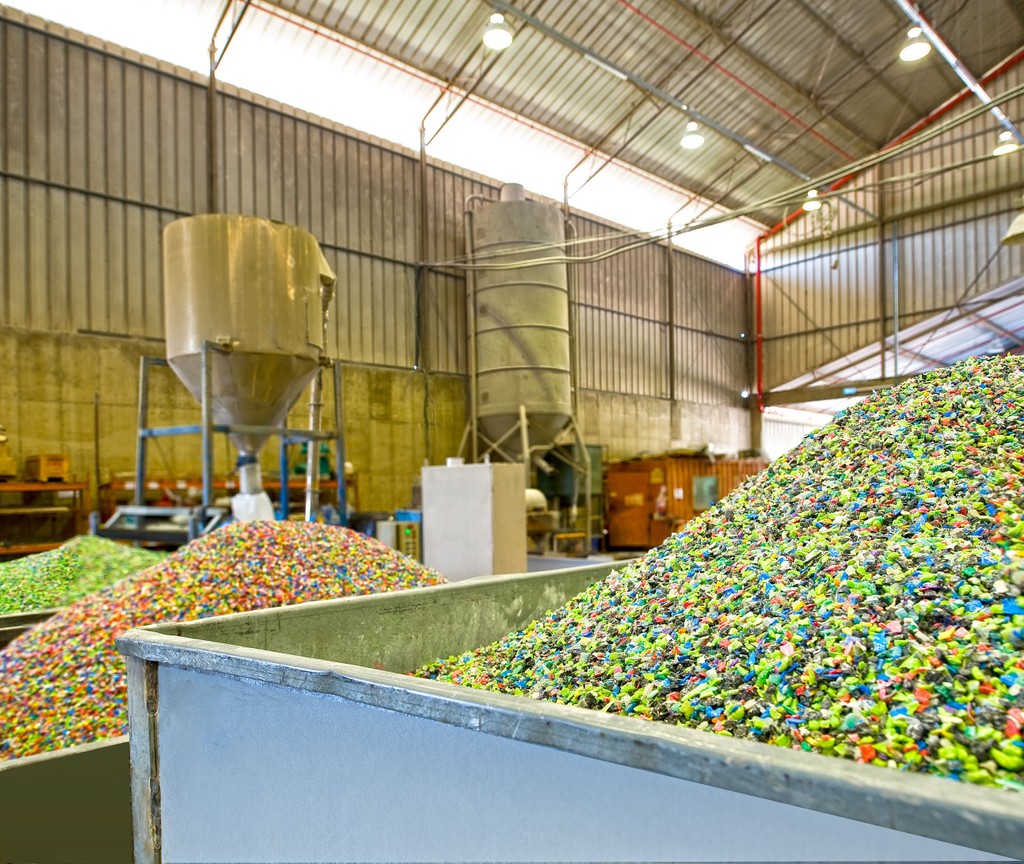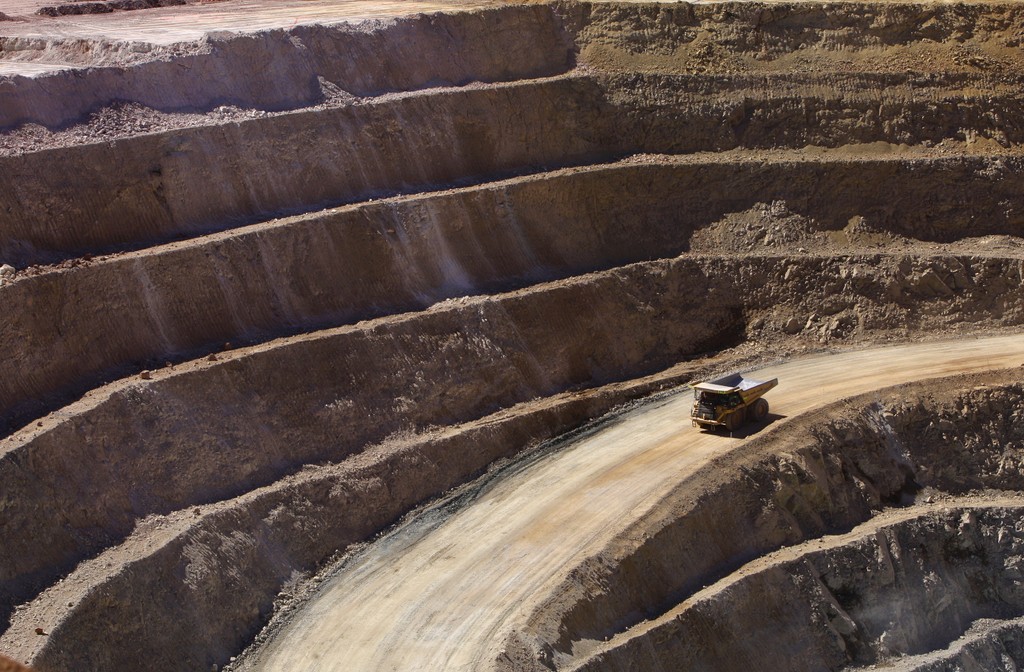In the quest to legitimize carbon credit markets that have been bruised by controversy, the United Nations-led aviation decarbonization scheme known as CORSIA emerges as a powerful tool. Prices are on track to reach $97 per metric ton of carbon dioxide equivalent in 2027, 28 times higher than the average price for voluntary carbon credits today. Fueled by airlines’ decarbonization obligations and expensive low-carbon fuels, demand for credits is set to grow 5% annually until 2035. But there’s a catch: markets like the US and the European Union could opt out of the scheme with no repercussions, jeopardizing its future.


- Some 126 markets comply with the Carbon Offsetting and Reduction Scheme for International Aviation, or CORSIA. Airlines may use either approved carbon credits or low-carbon fuels to address covered emissions from international flights. As it stands, offsetting provides a much cheaper option than adopting sustainable aviation fuels at scale.
- While only one project is approved for use, with 15MtCO2e, this is likely to be short-lived with supply expected to double offset requirements across Phase I (2024-26), dominated by land-use credits. As a result, prices are expected to reach a record low of $12.4/ton in 2026.
- However, prices quickly surge to $96.5/ton in the first year of Phase II (2027-35) when the scheme expands to 135 markets, including Russia, China and India. Airlines offsetting requirements will total 1.23GtCO2e by 2035. Maintaining prices at around $40.4/ton in 2035 is contingent on governments approving enough credits for official CORSIA use.
- A large source of uncertainty for CORSIA is participation. Aligning with Donald Trump’s policies, the US could leave, shrinking international offsetting requirements by 14%. The subdued demand for credits relaxes prices, and they peak at only $44/ton in 2030. In contrast, the EU’s participation is reliant on the scheme’s effectiveness, with a review due in 2026. Aligning CORSIA with the EU’s decarbonization policies would push up offset requirements by 153% compared to the base case, seeing prices soar to $477/ton in 2027.
- On the supply side, the responsibility to maintain the environmental integrity of CORSIA credits falls on governments. A laxer approach quickly risks an oversupplied market and would suppress prices to just $13/ton on average throughout the duration of the scheme.
BNEF clients can access the full report here.






